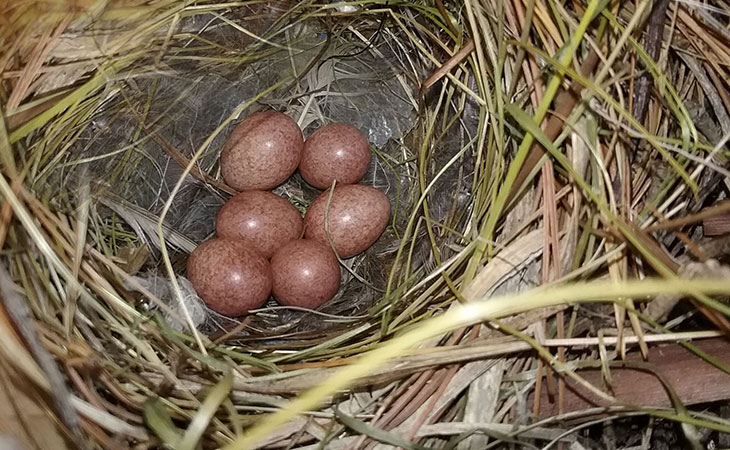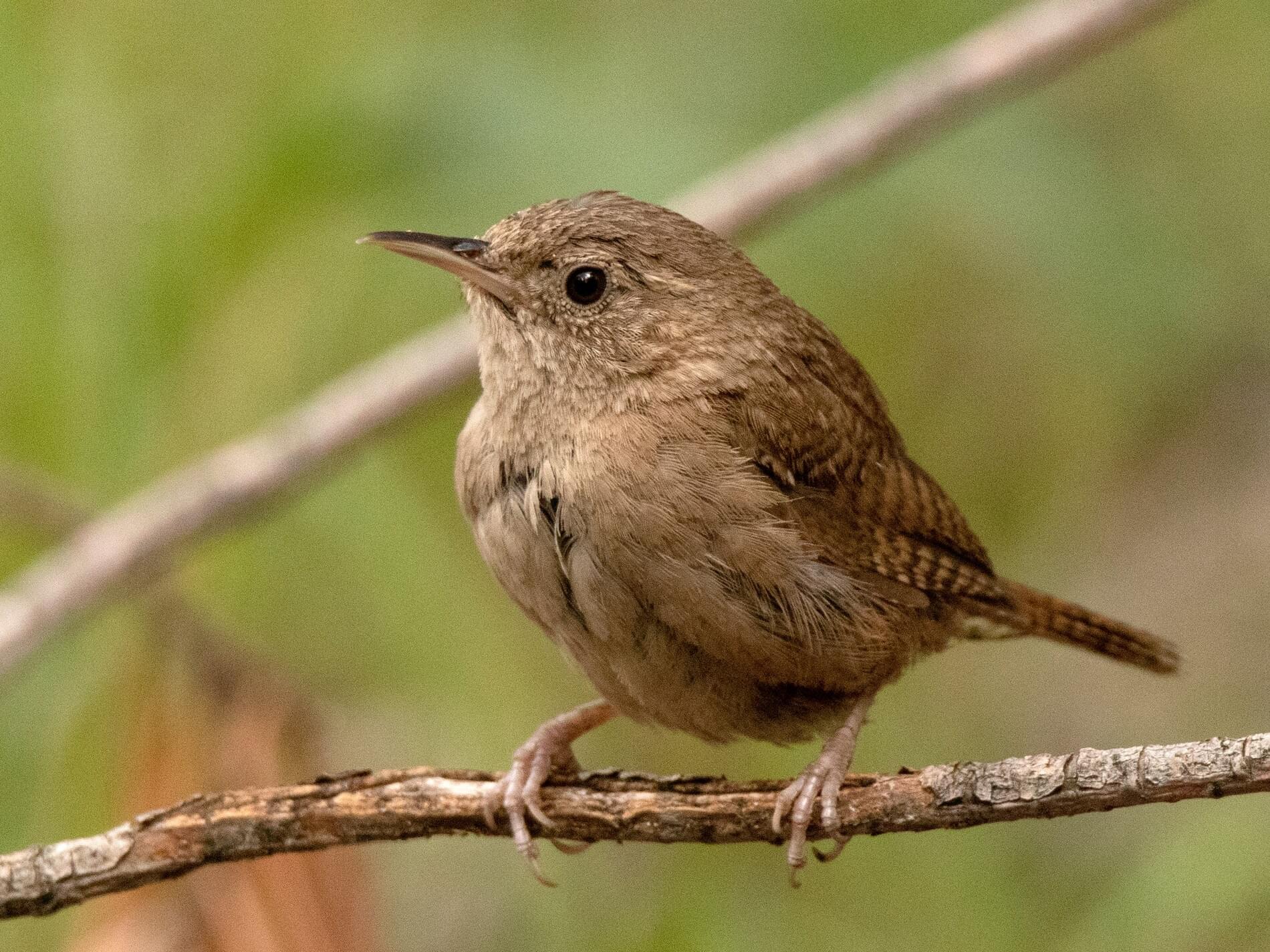Table Of Content

All the while, Sherman, an artist and budding ornithologist, meticulously recorded the birds' rendezvous, their squabbles, their romances, and their parenting trials. House wren eggs are very small, only about the size of a dime, and oblong. They are typically white, with reddish brown dots or splotches, but may sometimes be more brown overall. An unmated male does not sleep in nest cavity, but females may do so on most or all nights during nest-building until young fledge.
Explore the House Wren Mating, Nesting, and Eating Habits
Attract Pacific Wrens to your backyard with native plants and dense vegetation, and try installing a nest box. Nests of Pacific Wrens are made of twigs, moss, and grass woven together into a round shape with a small opening. They eat insects and spiders, which they pick off leaves close to the water. Although some can be seen all year, House Wrens are more frequently spotted during summer in California. They appear in 12% of summer checklists and 4% of winter checklists submitted by birdwatchers of the state.
It’s possible to get them to visit your bird feeders.
Instead, they get all of their moisture from their food, which consists of insects and spiders. They mostly hunt on the ground, probing around and under objects for prey with their thin bill. Look for Canyon Wrens in rocky areas where they forage for insects and spiders hidden in crevices.
Learn about birds
Overall, these small and compact birds keep their tail slightly cocked and remain rather unnoticed, thanks to their nondescript brown plumage. They are colored in browns, grays, and pale tones, which vary depending on location. However, reusing the same nest is less common, as the nest may be infested with parasites or contain debris from the previous brood.

Do House Wrens Reuse Old Nests?
The babies chirp quietly just before hatching as well as when they begin to hatch. If you find a nest and you’re not sure what type of bird the nest belongs to, you may be able to identify it by the eggs in the nest. Be careful, though, about getting too close, especially if you hear birds chirping loudly nearby–they may be trying to warn you away from their babies. The female wren does most, if not all, of the incubating, though once the babies hatch the male will help with feeding and caring for them. Different species of wrens lay different numbers of eggs, and even wrens within the same species may not always lay the exact same number. Learn how to identify and attract a Carolina wren and a Bewick’s wren.
How to Attract and Identify a House Wren
Checklists are a great resource to find out which birds are commonly spotted. These lists show which Wrens are most commonly recorded on checklists on ebird in summer and winter. Having wrens visiting your backyard lets you listen to their beautiful singing and watch these energetic birds up close.
Birdist Rule #96: Know Which Wrens Live Near You - National Audubon Society
Birdist Rule #96: Know Which Wrens Live Near You.
Posted: Thu, 10 Jan 2019 08:00:00 GMT [source]
The male occasionally visits the nest to feed the female. The male also adds spider cocoons and egg sacs - researchers think this might be a deliberate choice to help clear the nest of mites. Clutch sizes for the second brood are smaller on average, ranging between 5 to 6 eggs. The nest and eggs of the Carolina wren are rather different.
Leave a Comment Cancel Reply
Rock Wrens are pale brown birds that have a long tail and thin bill. If you look closely, you can small white speckles on their back and wings. Behavior-wise, it’s common to see them quickly bobbing up and down.
When do baby House Wrens leave the nest?
Often, he’s putting a double shift making a new nest for a second brood while feeding young fledglings. Some birders have noticed that these delightful little songbirds prefer nesting boxes over natural cavities and other locations found in the wild. Man-made nesting sites are a fan favorite of house wrens, so attracting them to your yard is super simple. Unlike bird nests built by other birds, male house wrens first build a base of sticks that supports the nest. This base of sticks is unique among cavity-nesting birds and can be used as a reference to identify a house wren nest.
Twigs form a platform that elevates the base of the nest from the bottom of the cavity, aiding in drainage and insulation.
The house wren is a plain looking songbird, but its bubbling songs and nonstop activity make this cavity nester a pleasure to observe. If you choose not to encourage House Wrens to nest in your boxes (since they will remove eggs and young of other birds) see tips on Deterring House Wrens. Prefers sites near deciduous vegetation/edge, especially if there are lots of snags (standing dead trees). Usually avoids nest sites ≥100 feet from any significant woody vegetation, unless there are no other options. However, also avoids sites in heavily vegetated locations where visibility is low.
House Wrens (Troglodytes aedon) are one of the most-studied birds in the USA. One of the primary reasons why this is the case is because House wrens often nest in close proximity to humans and human settlements. House wrens arrive in the breeding grounds beginning in the second week of April through mid-May. After breeding, wrens migrate back to the wintering grounds starting in the second week of September through the first week of November. (2012) A population census of the cactus wren (Campylorhynchus brunneicapillus) in coastal Los Angeles County. The recent increase in wildfires especially threatens coastal Cactus Wren populations.
Interesting note, spider egg sacs are part of the makeup of the nest building. However, Wrens are more likely to breed earlier at southern latitudes where it’s milder in late winter and early spring. House wrens are not especially picky about what cavity they nest in, so long as it’s small with a small entrance/exit.

No comments:
Post a Comment